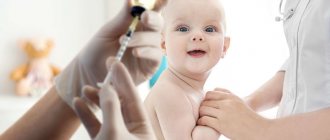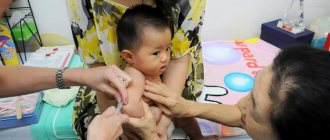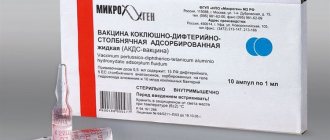Every parent wants to see their baby healthy and with strong immunity. Vaccination is a preventive procedure aimed at protecting the body from infectious diseases. When a drug made with completely killed or weakened virus particles is introduced into the body, a reaction to form specific immunity is triggered.
It helps to get rid of the infection completely, or to transfer it easily and without complications. Doctors have developed a step-by-step plan for preventive vaccinations; according to it, we will analyze which vaccination a child needs at 2 months.
Vaccination against viral hepatitis B
One of the safest childhood vaccines. Required for immunization against hepatitis B.

Administration schedule: the first vaccination is given in the first hours of birth, the second - 30 days after the first vaccination, the third - in six months. If the baby is at risk, then the scheme changes slightly: the 1st at birth, the 2nd a month later, the 3rd vaccination for the child at 2 months, and the 4th at one year.
If vaccinations are not given according to the prescribed schedule, they can be given at another time by creating a new vaccination schedule with the pediatrician.
The injection is given intramuscularly, in the leg.
Names of free domestically produced vaccines:
- Regevak B;
- hepatitis B DNA recombinant yeast vaccine;
- hepatitis B recombinant yeast vaccine.
Names of paid vaccines of foreign vaccines:
- Sci-B-Vac;
- HB-Vax II;
- Engerix V.
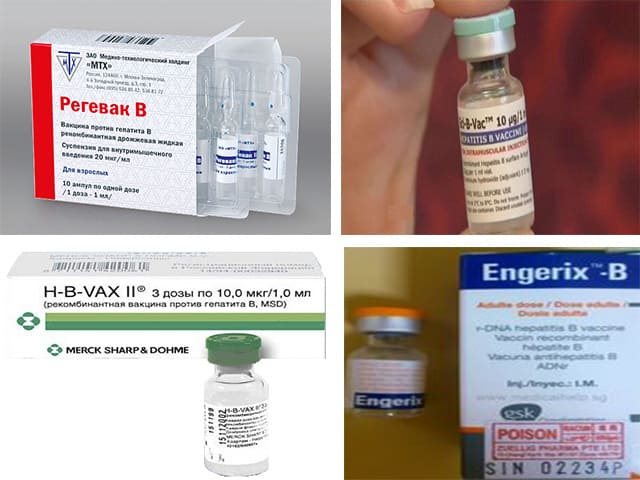
Vaccination against pneumococcal infection
Recently introduced into the national calendar. The vaccine protects against pneumococcus, which causes otitis media, rhinosinusitis, pneumonia, tracheitis, bronchitis, and meningitis.
Pneumococcus is addictive to most types of antibiotics, so the only way to avoid serious illnesses caused by this type of streptococcus is to get vaccinated.
Vaccination schedule: for the first vaccination from 2-6 months, apply three times with an interval of at least 30 days and revaccination in the 2nd year; during the first vaccination from 7-11 months, it is administered two times with an interval of 30 days and revaccination in the 2nd year of life.
From one to two years of age, vaccinations are given twice every two months. From two to five years, one-time administration. After six years, doctors believe that there is no point in having such a vaccination.
Names of vaccinations against pneumococcal infection:
- Pneumo 23;
- Prevenar and Prevenar 13;
- Synflorix.
The name of the vaccine that can be given to a child at 2 months is Prevenar or Synflorix, and Pneumo 23 is used from the age of two.
Calendar of mandatory preventive vaccinations in the Russian Federation for children from 3 months to 1 year.
Mandatory three-time vaccines against infectious diseases: pneumococcus, diphtheria, whooping cough, polio, and for children at risk, vaccination against hemophilus influenzae is carried out.
The recommended interval between injections is one and a half months; it is recommended to start vaccinating from the age of three months. In one year, a comprehensive vaccine is administered against measles, rubella and mumps.
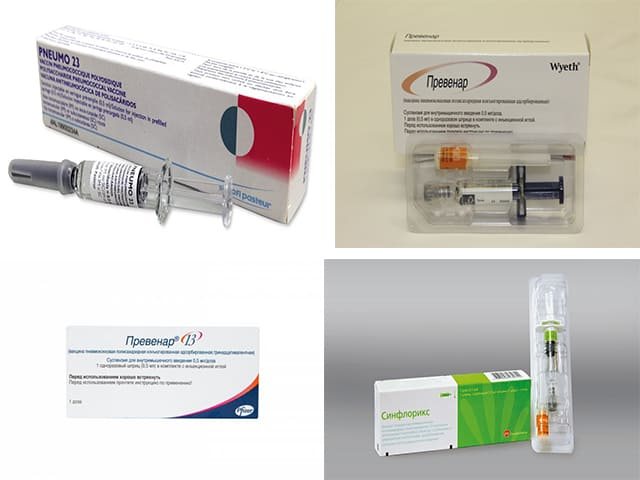
The baby receives these mandatory medications free of charge.
Immunization is one of the important measures that helps strengthen and maintain the health of children. Parents have the right to refuse vaccinations, but by doing so they put their child and other children at risk.
Vaccination against cervical cancer
Cervical cancer, unfortunately, is a fairly common disease nowadays.
And the majority of those affected are women over the age of 30. Since cervical cancer is a disease of an infectious nature, scientists have developed a special vaccine against the human papillomavirus. Vaccination done before sexual activity is very likely to protect against cervical cancer by preventing the development of viruses in the body. The vaccination is performed in three doses. The second and third doses should be administered 2 and 6 months after the first.
At GMS Clinic you can consult with experienced gynecologists about vaccination and, if necessary, get vaccinated.
DTP vaccination
DPT protects against whooping cough, diphtheria and tetanus. It contains toxins in a weakened form. With the latest injections, there is a noticeable increase in negative reactions: changes in temperature, malaise, swelling and redness of the skin at the injection site. Within two days, the negative effects of the vaccination completely disappear.
DPT, Infanrix, vaccines used for this vaccination.
Combined vaccinations:
- Pentaxim protects against DPT, poliomyelitis, hemophilus influenzae infection;
- Bubo - M helps the body fight diphtheria, tetanus and hepatitis B;
- Tetrakok combines DTP and polio;
- Tritanrix-HB – DTP, hepatitis.
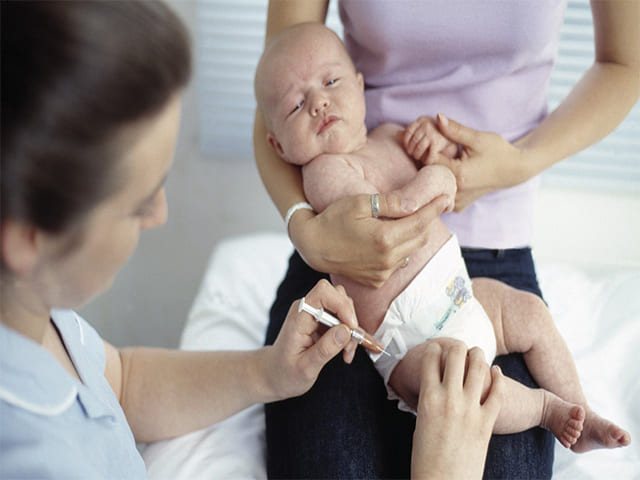
These vaccines are administered intramuscularly, usually in the upper thigh.
Child vaccination table 2021
To make it easier for mothers to monitor the timing and timing of this or that manipulation of introducing live microorganisms, a calendar of childhood vaccinations was compiled.
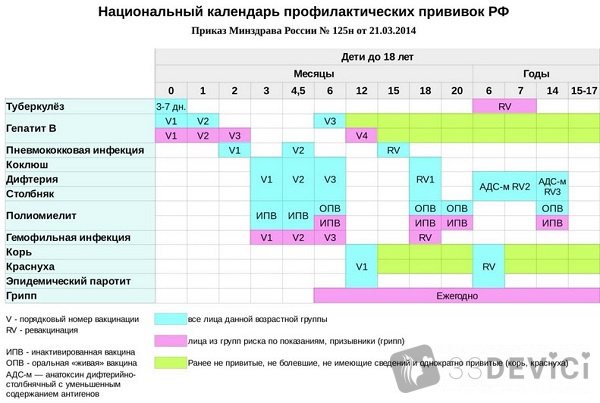
Each country has its own vaccination calendar, but in general they are all very similar
Here is a list of the main vaccinations required:
- On the first day after birth, vaccination against hepatitis B is performed. Injections are given three times; it is very important to administer them in the first days of the baby’s life, since during this period his body is very susceptible to infection with this disease.
- On days 3-5 from birth, an injection is given against tuberculosis or BCG. One of the important ways to protect a child’s body from infection with the tuberculosis bacillus.
- 1 month of life - another injection against hepatitis B. It is important for parents not to skip or take long breaks between vaccinations; the vaccination schedule for children under one year of age should be followed with special care.
- 2 months - a whole group of protective measures is carried out against polio, vaccination against Haemophilus influenzae infection, as well as against whooping cough, diphtheria and tetanus, the so-called DTP vaccination. The reaction in children should not be very violent, due to processed toxins that interfere with the development of negative side effects.
- 4 months – the secondary introduction of drugs such as DPT for hemophilus influenzae and polio is carried out.
- 6th month – vaccination against hepatitis B, polio and DPT.
- 1 year of life - babies are injected with a substance containing three components, such as measles, rubella and mumps, and vaccination against hemophilus influenzae is also carried out.
It is important to follow the specified routine of preventive actions in order to protect the baby from dangerous diseases.
What vaccination is given to a child at 2 months?
At birth, the baby is protected immediately in the maternity hospital from hepatitis B infection, but there is a list of other preventive substances administered in the second month of life.
At two months of age, the child is given injections for diseases:
- Revaccination of hepatitis B for the third time.
- Primary introduction of killed microorganisms of pneumococcal infection.
Of course, parents are very worried about the child’s body that has just been born. But remember, it is better to go through the worst side effects than to deal with the consequences of the disease.
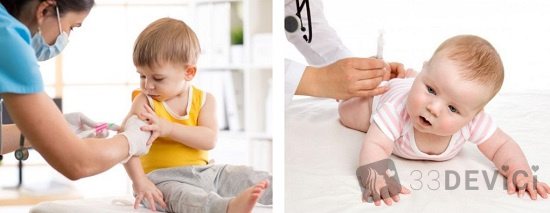
Modern combination vaccines can contain up to 6 drugs and eliminate the need for many injections
What vaccinations are given at 3 months?
This age is extremely dangerous; the baby’s body is forming and getting used to the environment. Therefore, it is very important to protect it from possible risks of contracting dangerous diseases. What vaccinations are given to a child at 3 months?
It is considered traditional to introduce into the body killed microbes of diseases such as:
- DTP - whooping cough, tetanus and diphtheria.
- Haemophilus influenzae infection.
- Polio.
An important element is the simultaneous administration of all vaccines at once. Undoubtedly, many parents will want to share vaccinations and relieve stress on the baby’s body, but in this case the benefits will be minimal. Side effects will only worsen the situation, so it is advisable to carry out the procedure on the same day.
You may be interested in: Diathesis in a child - photo and how to treat
Vaccination against polio
Timely vaccination will help protect against the viral disease polio, which can cause paralysis.
Two types are used:
- the vaccine containing the already “killed” polio virus is administered intramuscularly;
- The polio vaccine, which contains a highly weakened virus, is administered through the mouth in the form of drops. The vaccine may regurgitate, then the procedure must be repeated.
Names of drugs for vaccination: oral polio, Immovax Polio, Poliorix, Infanrix IPV, Tetrakok, Pentaxim.
Poliomyelitis, or infantile spinal paralysis
This is a viral infection that enters the body mainly through food, through contaminated hands, and less often through airborne droplets.
It causes the death of nerve cells in the spinal cord, atrophy of the innervated muscles, paresis and paralysis (partial or complete motor disorders), and leads to disability. The polio vaccine is given to infants in three doses: at 3, 4.5 and 6 months from the moment the child is born. Then, at an older age, several revaccinations are carried out: at 18 and 20 months, and also at 14 years.
Two types of polio vaccines are used for vaccination: inactivated (containing killed bacteria), for intramuscular administration, and live, for oral administration. Both vaccines for vaccination against polio induce strong immunity to it in the child's body.
Rubella vaccine
This is a contagious disease that appears as a macular rash. Thanks to vaccination, the disease has become less common. It is administered intravenously or intramuscularly.
According to doctors, the earlier the injection is given, the easier it is tolerated by the baby.
Possible reactions: enlarged lymph nodes, redness, temperature rises, weakness. Very rarely, joint pain is possible.
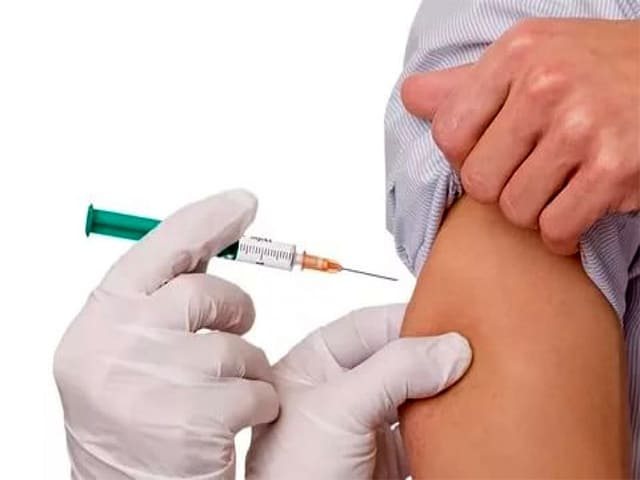
Name of monovaccines:
- Ervevax;
- cultured live attenuated rubella vaccine;
- Rudivax.
Priority is given to the use of three-component vaccines: MMR, Priorix.
Chickenpox vaccination
Chickenpox is a contagious childhood infection that manifests itself as itchy, profuse rashes. The optimal age for vaccination is one to two years. Local manifestations of the reaction are possible: swelling, redness, compaction. Also observed: an increase in temperature above 37.5 degrees, rash, itching, weakness.
The drug Varilrix is used for vaccination. It does not protect 100%, but in case of illness it is mild. This injection is not mandatory and is not included in the Russian preventive vaccination calendar.
How to properly prepare a child for vaccination?
- Analyze your baby's condition for one week before vaccination. There should be no manifestations of any diseases, rashes or fever.
- If parents or doctors have doubts, it is necessary to take blood and urine tests.
- If there is a risk of developing allergic reactions after vaccination, you should give an antihistamine, for example, Fenistil, within two days before the injection, and also give the drug on the day of vaccination before and after.
- You should not change the usual diet of a child or nursing mother or introduce new products.
- Redness at the injection site is normal; there is no need to cover it with a band-aid, comb it or moisturize it.
- Doctors recommend not bathing your baby for 24 hours after vaccination.
- Antipyretic medicine can be given after the temperature rises above 37.5 degrees.
- And the most important rule: vaccinations are given only by a medical professional and only after a careful examination by a pediatrician.
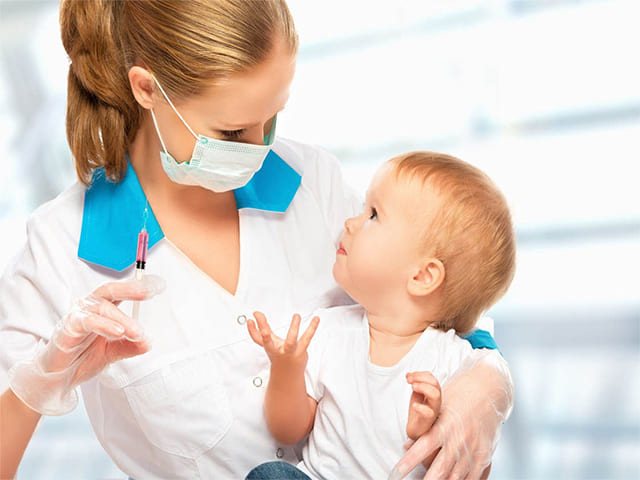
BCG vaccination and Mantoux test
Tuberculosis is a terrible disease, its treatment is lengthy and not always successful.
That is why we strongly recommend vaccination with the BCG vaccine and periodic Mantoux tests/vaccinations. You need to be sure that the body has active immunity against tuberculosis. The BCG vaccine consists of live, but artificially weakened strains of bacteria, the introduction of which induces immunity to tuberculosis in the child. Primary vaccination is carried out (of course, if the child is healthy and there are no contraindications) during the first week of life, while still in the maternity hospital. The BCG vaccination is given to newborns intradermally (that is, it is a small and painless injection).
As a rule, complications after these vaccinations are associated with improper (subcutaneous or intramuscular) administration of the vaccine.
What reactions are possible after vaccination?
The most serious manifestation of a reaction to a vaccine is: anaphylactic shock, severe allergic reactions, central nervous system lesions (meningitis, encephalopathy, serous, neuritis), afebrile convulsions. Such manifestations are possible, but they occur extremely rarely.
Treatment takes place under the supervision of medical professionals. You should also seek medical help if your baby has a high temperature of more than 40 degrees that is not reduced by medication or constant vomiting or convulsions.
When vaccinated, reactions are possible that are not cause for concern, but require parental monitoring. These include: a slight increase in temperature, redness or hardening of the injection site, lack of appetite, lethargy, drowsiness or, on the contrary, agitation, inflammation of the lymphatic nodes near the injection site, intestinal upset.

